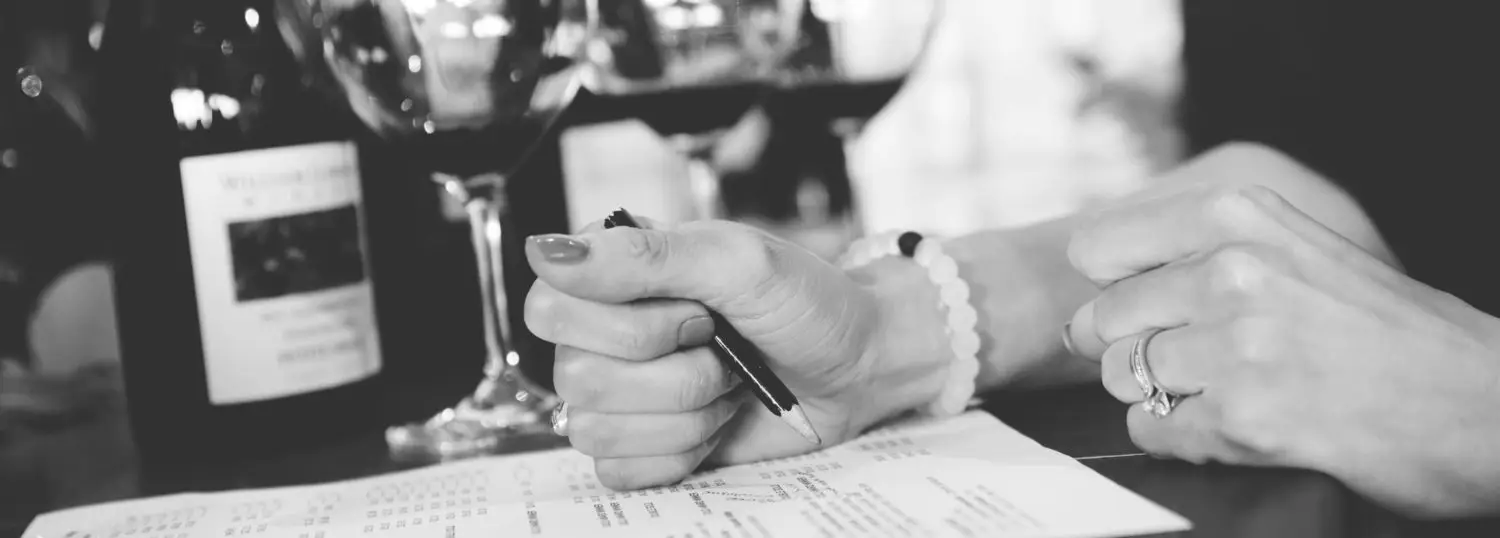I love to make pastry. I love the way it feels in my fingers when I’m working with the dough. I love the way, when done properly, it forms the best kind of play-dough I’ve ever played with.
For the longest time, I wasn’t getting that effect. I’d follow every recipe perfectly, measure all the ingredients, and still I’d have crumbly, fall-apart dough that I’d have to piece together in the pastry tin.
Then, I came across a post on Jamie Oliver’s site. In his instructions, he specifically tells us to use our hands. A lightbulb went on in my head.
As much as I like to hold and work with pastry between my fingers, I had been using a stand mixer, a pastry cutter, or two forks every time I made my dough base. But that’s not personal. There’s no human touch or connection, no love in what I was doing. So I started using my hands. Amazing. I can better control the butter-flour crumbing process. I can feel when the dough has come together. I’ve been able to produce consistently flawless pastry every single time: it rolls out like a dream, falls right into the pastry tin, and bakes short, buttery, flaky crusts. Yum.
See below the recipe for a few extra pastry tips and tricks!
[amd-zlrecipe-recipe:2]

Try this pastry with my Bourbon Pecan Pie
OTHER HELPFUL PASTRY TIPS/TRICKS
Crumbing the Butter and Flour Mixture: This is where using my hands really comes in…handy…
The result really should be a fine-grained crumb. This is what will help the butter distribute evenly and consistently when you roll out the dough. If there are large chunks of butter about, the pastry will come out patchy, won’t roll out into a smooth sheet, and you’ll definitely have trouble putting the dough in the pastry tin.
Resting the Dough: After adding the ice water and making your beautiful dough, wrap it in plastic wrap and let it rest in the fridge.
I find that best thing to do is to rest it in the relative shape of the kind of pastry you intend to make. Create round disks if making a circular pie. Rest the dough in a rectangular shape if using it to wrap meat or inserting into a rectangular pastry tin.
Blind Baking: Some recipes will call for blind baking. This is usually the case when making a pie or tart in which the filling also needs to be cooked. It’s to ensure that the crust doesn’t come out raw. I’ve found that the best way to blind bake is with parchment paper and pie weights. Roll out the parchment paper so it completely covers the pastry form. Crumple it up like you’re going to throw it away, then un-crumple it to place it in the pastry form (this will stop the paper from slipping or popping out while you put your pie weights in place. After the weights are in place, cut the parchment paper around the perimeter of pastry form (just above the crust line).
Don’t Burn the Crust: After blind baking, your pastry is mostly cooked. The majority of the shell is safe from burning, except for the edges which remain exposed. To prevent them from burning, simply line the crust and edge of the pastry form with aluminum foil. If you think the crust could do with a bit more color, add the foil halfway through your bake.
Savory Crust: Making a savory pastry? Use these same methods with my basic savory pastry recipe.







1 Comment on Perfect Pastry